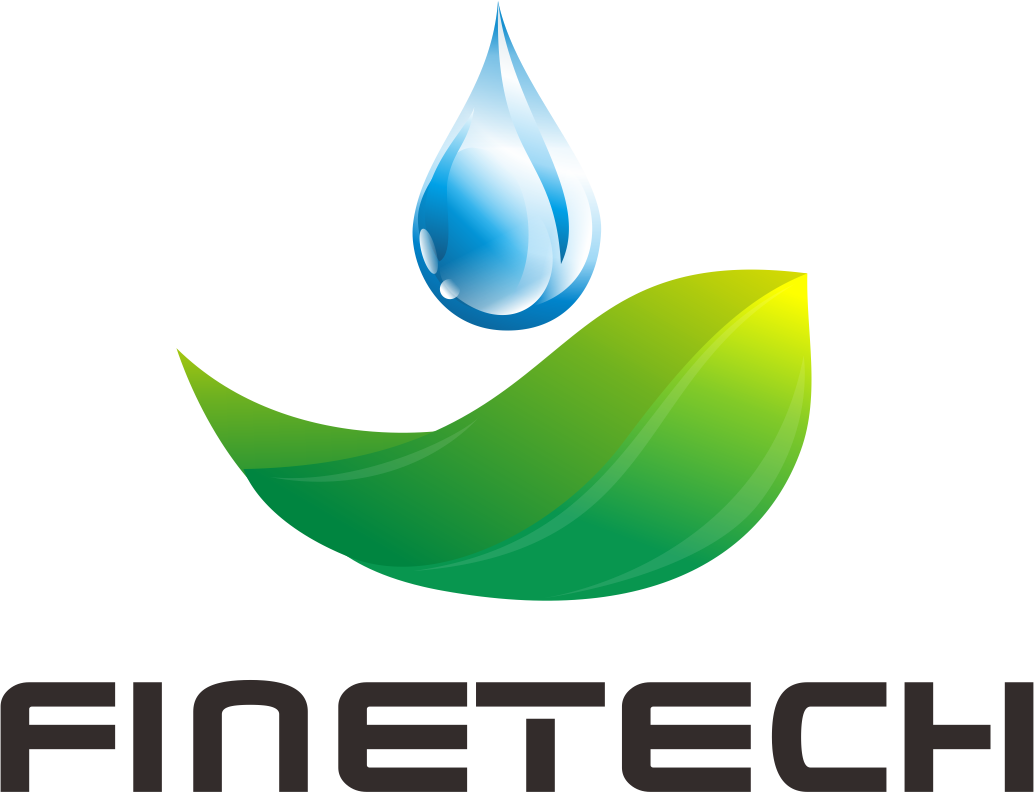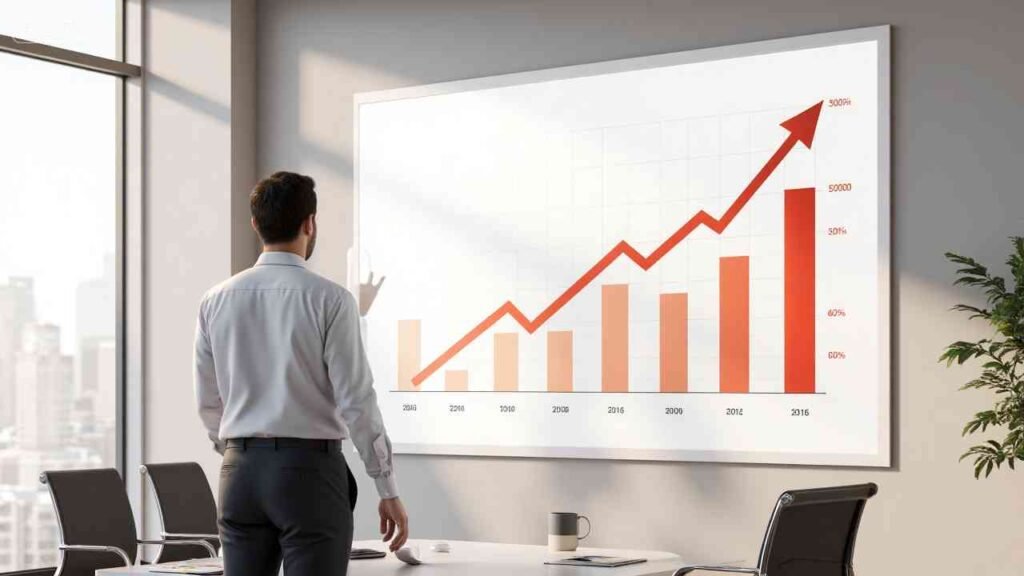Tired of being surprised by sudden price hikes? Worried about securing your supply when the market gets tight? Reactive buying is a recipe for disaster in this industry.
Market forecasting is crucial because it allows buyers to anticipate price movements and supply shifts. By analyzing key data, they can make proactive purchasing decisions, secure favorable pricing, and avoid costly supply chain disruptions.
An experienced buyer knows that buying tomato paste is not like buying a standard manufactured good; it's an agricultural commodity. Understanding the market cycle is essential for controlling costs and ensuring you have the product you need when you need it.
How do raw tomato prices predict Tomato Paste trends?
Do you think the price of tomato paste is set inside the factory? The real story starts months earlier in the tomato fields.
Yes, raw tomato prices are the single most important predictor. The contract price between factories and farmers, set before the growing season, determines over half the final cost and is the earliest reliable indicator of future market trends.
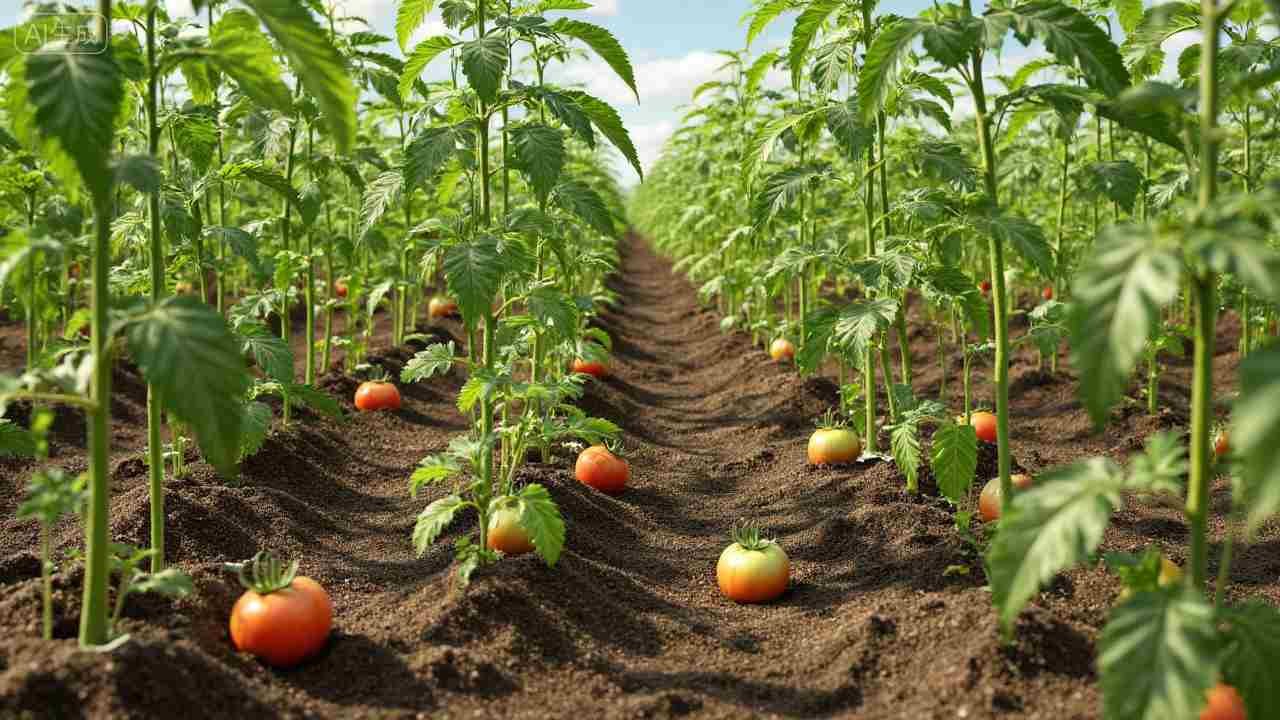
The price of fresh tomatoes1 is the biggest cost component in tomato paste. Before the season, factories and farmers agree on a contract price, which is influenced by farmer costs and weather forecasts. This price sets the baseline for the entire year. With a general ratio of 7 tons of fresh tomatoes needed for 1 ton of paste, a high raw tomato price directly translates to a high paste price. Any weather events like a drought during the season can further reduce supply and push prices even higher.
Raw Tomato Price Impact:
| Scenario | Raw Tomato Price per Ton | Implied Raw Material Cost per Ton of Paste | Market Forecast |
|---|---|---|---|
| Good Harvest / Low Demand | Low (e.g., $90) | $630 | Stable or falling paste prices expected. |
| Poor Harvest / High Demand | High (e.g., $140) | $980 | Significant paste price increases expected. |
Can global trade data forecast Tomato Paste supply?
Are you only listening to your local suppliers? This narrow view might cause you to miss major global shifts that will affect your business.
Yes, global trade data is a powerful forecasting tool. By monitoring the export volumes from major producers like China and the import volumes of key regions, buyers can identify supply surpluses or deficits that predict future price changes.
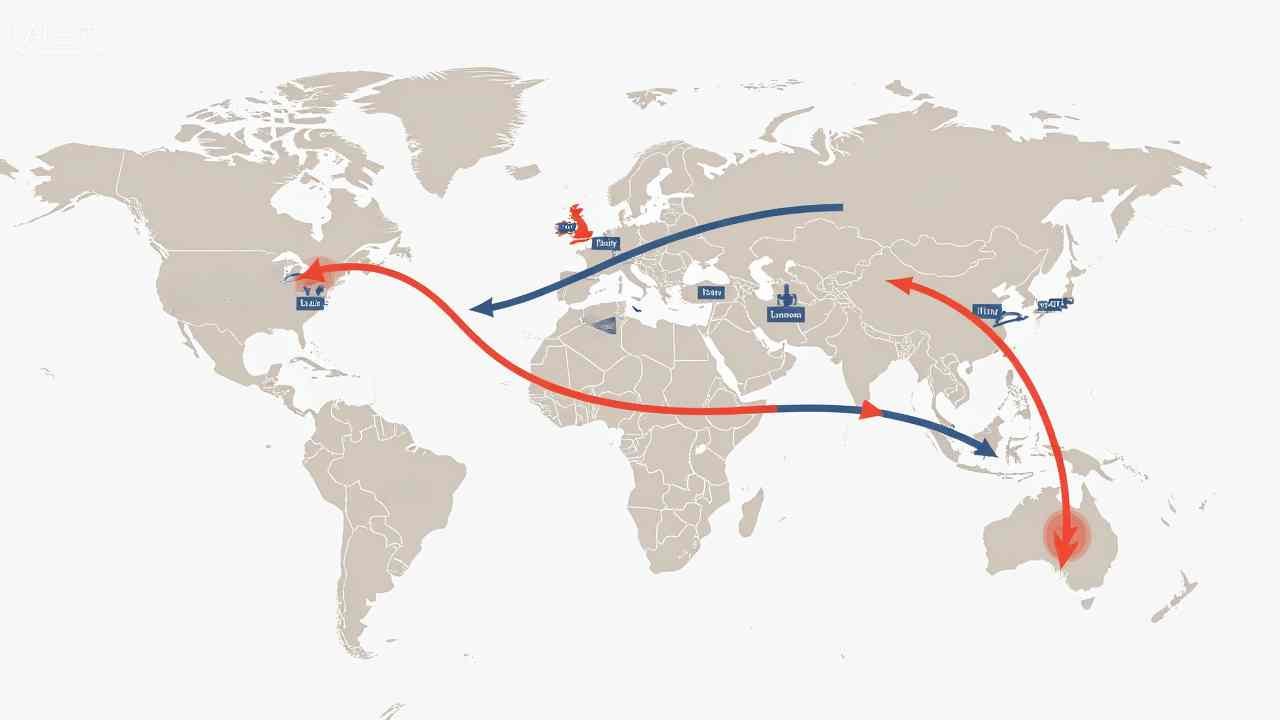
Tomato paste is a globally traded commodity. Watching export data2 from key producers like China and Italy provides a clear picture of global supply3. If China's exports are down, the global supply will be tight. Similarly, if a major region like Europe suddenly starts importing more due to a poor local harvest, they will increase global competition and drive up prices for everyone. This data helps you anticipate market pressures before your supplier raises their price.
Interpreting Trade Data Signals:
| Data Signal | Potential Interpretation | Recommended Action for a Buyer |
|---|---|---|
| China's monthly exports are up 15%. | Plentiful supply, factories are eager to sell. | Good time to negotiate. Prices are likely stable or favorable. |
| Italy's harvest forecast is down 20%. | European buyers will need to import more from other sources. | Anticipate increased global competition. Consider buying earlier. |
How do seasonal changes influence Tomato Paste pricing?
Are you buying your tomato paste in small batches all year round? This likely means you are often buying at the peak price.
Yes, seasonal changes create a predictable price cycle. Prices are typically at their lowest during and immediately after the harvest season (August-October in the Northern Hemisphere) when supply is at its absolute peak.
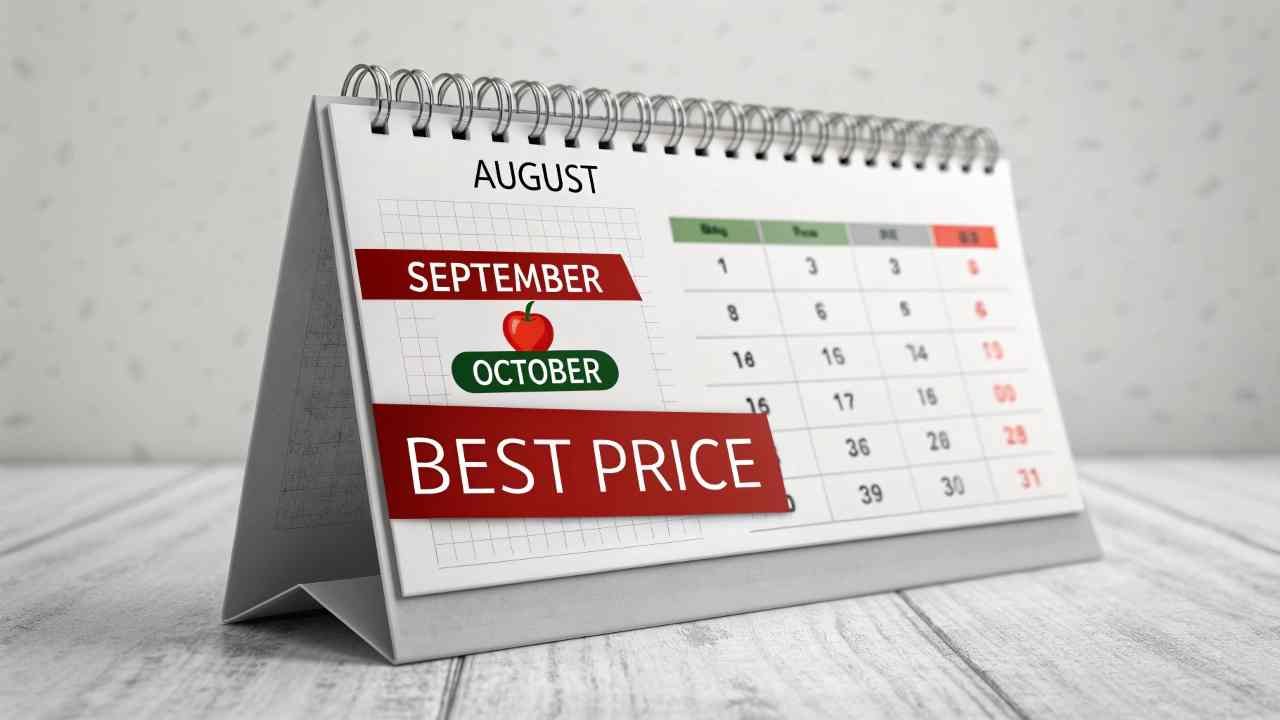
The tomato paste market follows a clear agricultural calendar4. The harvest in the Northern Hemisphere happens from August to October. During this time, supply is at its maximum for the year, and factories are keen to sell. This makes the fourth quarter (Q4, October-December) the period with the lowest prices. After that, prices gradually rise throughout the year to cover storage and financing costs, peaking in the months just before the next harvest (Q2) when the previous year's stock is running low.
The Annual Tomato Paste Price Cycle:
| Quarter | Season | Supply Level | Typical Price Behavior |
|---|---|---|---|
| Q4 | Post-Harvest | High Supply | Lowest prices of the year. The best time to buy. |
| Q1 | Mid-Season | Declining Supply | Prices begin to rise steadily due to storage/finance costs. |
| Q2 | Pre-Harvest | Lowest Supply | Highest prices of the year as old stock runs out. |
Are market reports reliable for Tomato Paste purchasing decisions?
Are you trying to piece together market news from random articles and supplier gossip? This can lead to bad decisions based on unreliable information.
Yes, market reports from reputable industry bodies like the World Processing Tomato Council (WPTC) are highly reliable. They provide data-driven analysis of global crop conditions, production volumes, and trade flows for strategic planning.
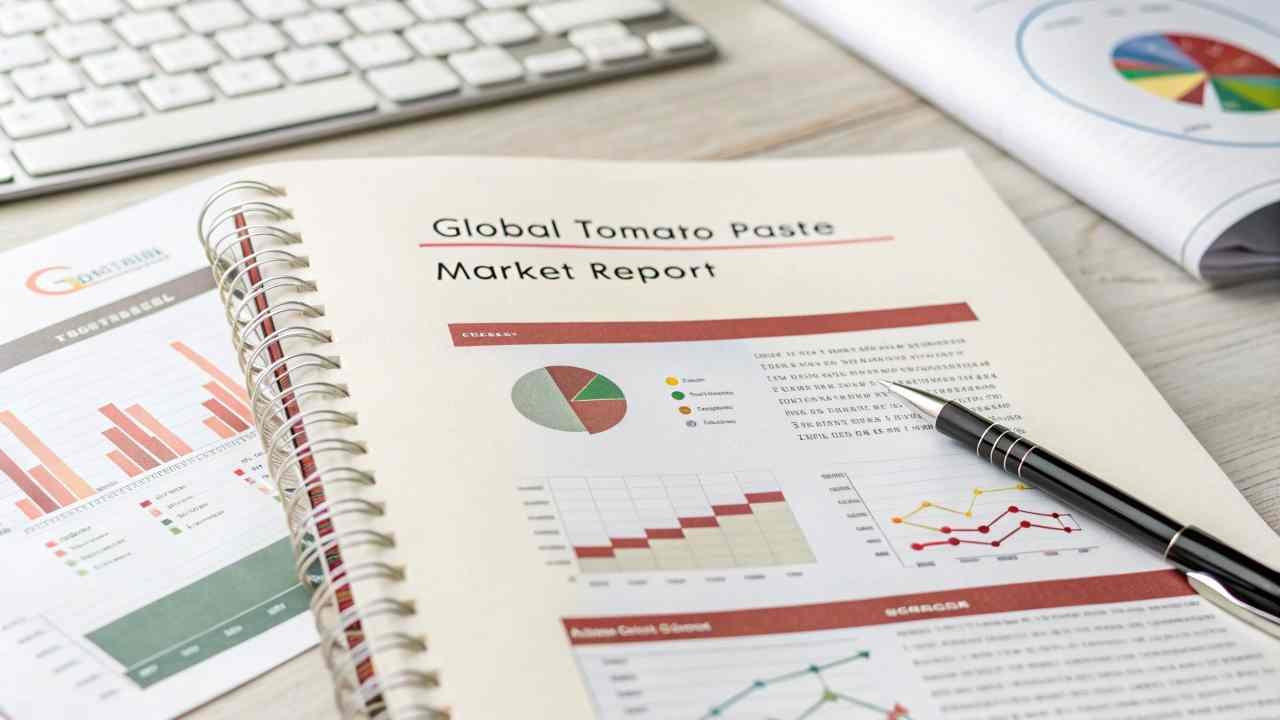
Professional market reports from sources like the WPTC5 provide a high-level, data-driven view of the global market. They are essential for strategic planning and budgeting. For example, if the WPTC forecasts a global production decrease, you know prices are likely to rise. The best approach is to combine this strategic "what" from the reports with the real-time "how" and "when" from a trusted on-the-ground partner like FINETECH, who can provide current pricing and quality information.
Comparing Information Sources:
| Information Source | Reliability | Best Use Case | Limitations |
|---|---|---|---|
| Industry Reports (WPTC) | High | Strategic planning, annual budgeting. | Not for immediate, daily pricing. Lacks factory-specific info. |
| Trusted Supplier | High | Real-time pricing, quality info, logistics. | View is focused on their specific region. |
How can buyers plan ahead to secure Tomato Paste at the best price?
Are you constantly reacting to the market, buying only when you are about to run out? This forces you to accept whatever the market price is.
Buyers can secure the best prices by using market forecasts to plan their purchases strategically. The most effective strategy is to sign long-term contracts or place bulk orders during the post-harvest period (Q4) when prices are lowest.
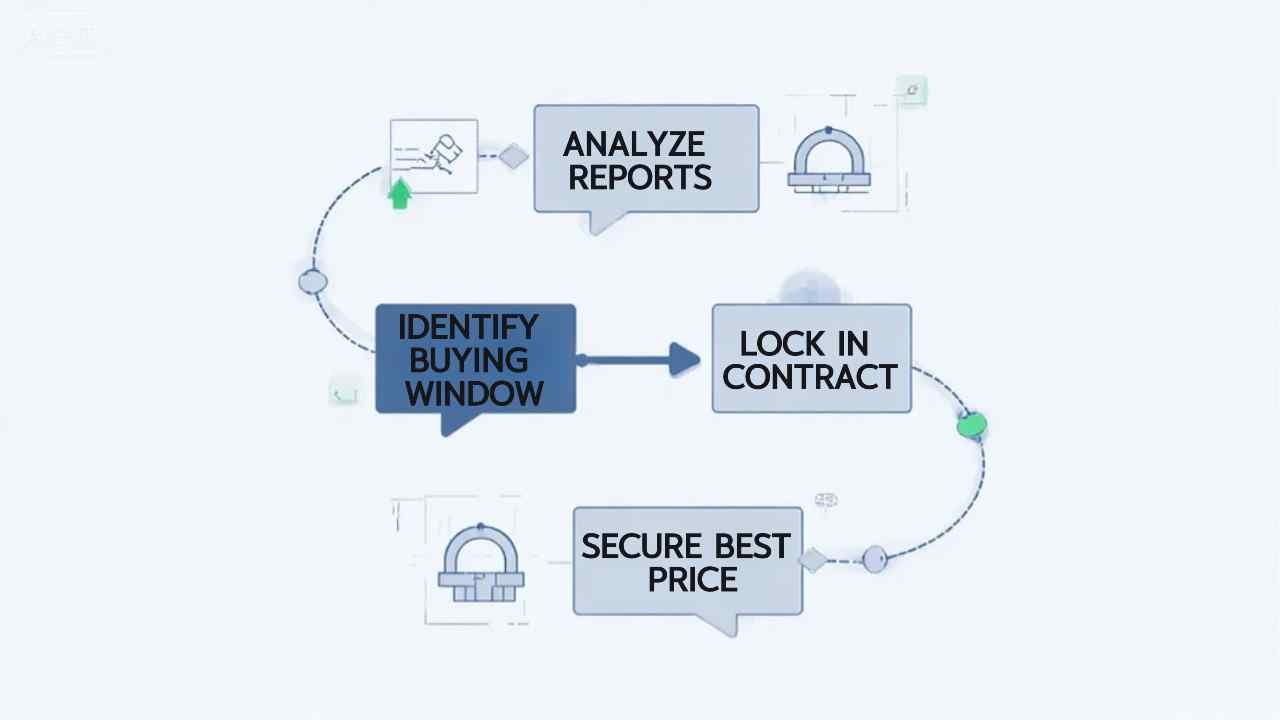
A proactive strategy is simple: buy at the right time. Use market data to identify the strategic buying window6, which is Q4 (October-December). During this period, consolidate your demand for the next 6-12 months and sign a long-term contract. This locks in the lowest seasonal price and guarantees your supply for the coming year, protecting you from price increases and shortages. This turns a volatile commodity into a predictable, budgeted expense.
Reactive vs. Strategic Purchasing:
| Approach | Timing of Purchase | Price Paid | Supply Risk |
|---|---|---|---|
| Reactive Buying | When inventory is low (any time of year) | The prevailing market price (often high) | High |
| Strategic Planning | During the Q4 buying window. | The lowest seasonal price. | Low |
Conclusion
Market forecasting is not about guessing. It is a data-driven strategy that empowers buyers to control costs, guarantee supply, and make smarter, proactive purchasing decisions.
-
Understanding the factors affecting fresh tomato prices can help you make informed decisions in purchasing and investing. ↩
-
Understanding export data is crucial for anticipating market trends and price fluctuations in commodities. ↩
-
Exploring global supply dynamics can provide insights into price changes and market competition. ↩
-
This resource will provide insights into how the agricultural calendar influences pricing and supply for various crops. ↩
-
Exploring this link will provide insights into WPTC's role in market analysis and its significance in strategic planning. ↩
-
Understanding the strategic buying window can help you make informed purchasing decisions and save money. ↩
